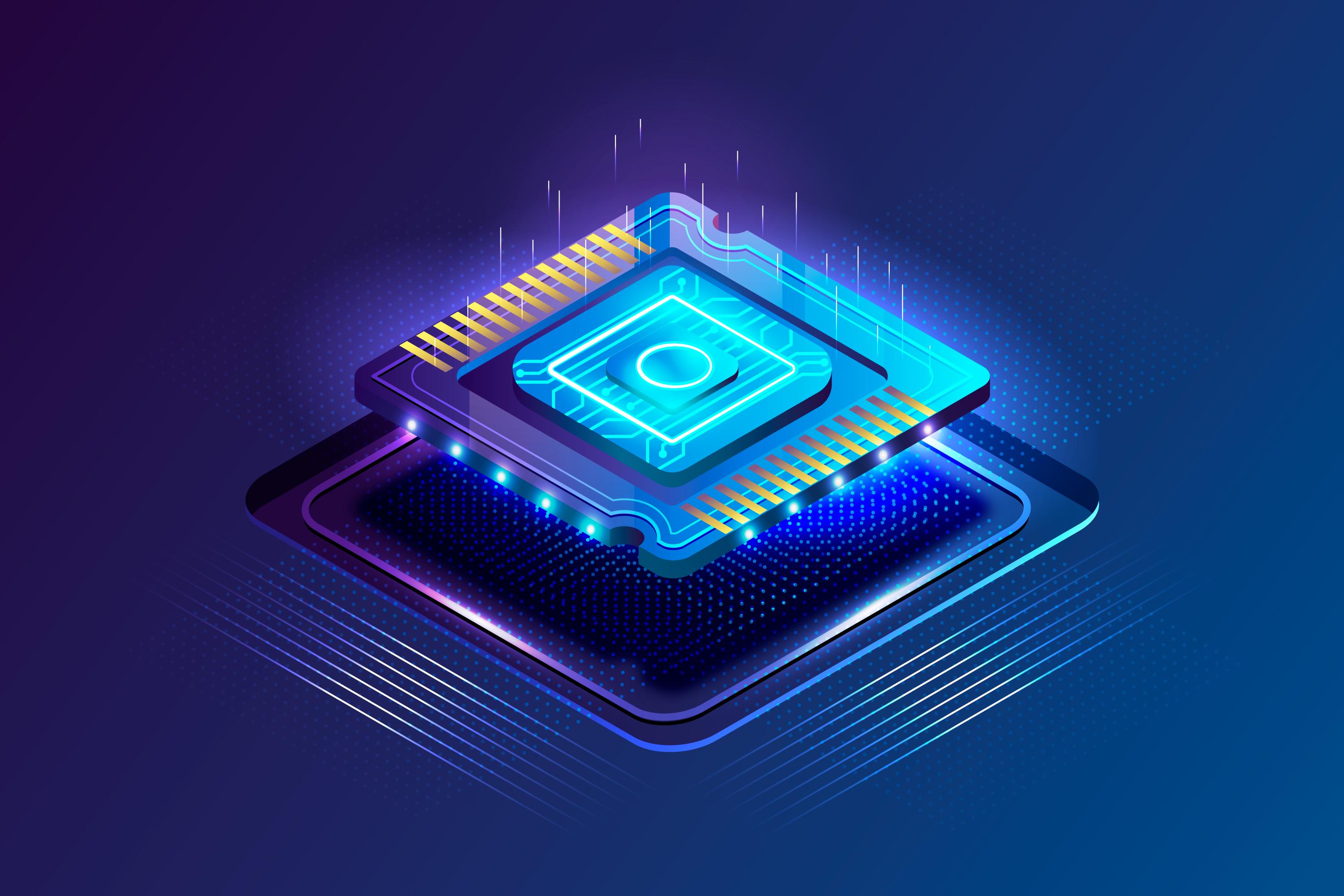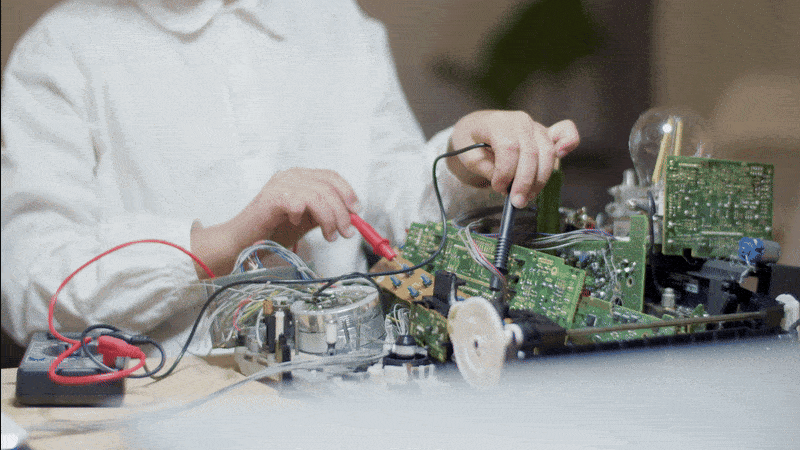In the competitive world of physical design engineering, building a strong and compelling portfolio is critical. A well-crafted portfolio not only showcases your skills but also demonstrates your ability to deliver on complex projects. This guide will provide you with actionable tips, best practices, and examples to help you create a standout portfolio that captures the attention of potential employers or collaborators.
Why a Portfolio is Crucial for a Physical Design Engineer
A portfolio serves as a tangible representation of your capabilities and achievements. Unlike a resume, which briefly outlines your experiences, a portfolio provides a detailed view of your work, including technical skills, problem-solving abilities, and the impact of your contributions. In the field of physical design engineering, where precision and expertise are key, a portfolio can set you apart from other candidates.
Key Elements of a Physical Design Engineer Portfolio
To create an impressive portfolio, it’s essential to include specific elements that highlight your strengths:
Introduction and Personal Statement
Introduce yourself with a professional summary. This should include:
- A brief overview of your educational background.
- Your technical expertise in tools such as Cadence, Synopsys, or Mentor Graphics.
- Your career aspirations and what excites you about physical design engineering.
Keep this section concise yet impactful. Mention your passion for chip design or any unique experiences that shaped your career.
Highlight Relevant Skills and Tools
Physical design engineering requires mastery of specific tools and skills. Make sure to list them clearly:
- Proficiency in EDA tools like Cadence Innovus, Synopsys IC Compiler, or Mentor Calibre.
- Understanding of concepts like floor planning, placement, routing, and static timing analysis (STA).
- Knowledge of programming languages such as Python, Perl, or Tcl for automation.
- Experience in debugging DRC and LVS issues.
Integrate keywords like Physical Design engineer portfolio tips naturally when discussing these points. For example, "When compiling your portfolio, it's important to include projects that align with the best physical design engineer portfolio tips, such as demonstrating your command over STA analysis."
Include Relevant Academic and Personal Projects
If you’re new to the field, academic and personal projects will form the backbone of your portfolio. Choose projects that:
- Show your understanding of the entire physical design flow.
- Highlight your problem-solving abilities.
- Include innovations or optimizations you implemented.
For instance, you might include a project where you optimized chip area by 10% during placement or reduced power consumption during routing. Explain the tools you used and the challenges you overcame.
Demonstrate Problem-Solving and Analytical Skills
Physical design engineering often involves tackling complex challenges. Dedicate a section of your portfolio to case studies or problem-solving examples. Include:
- The challenge you faced.
- The approach you took to solve it.
- The tools and techniques you used.
- The outcome and its impact.
This can be a design issue you resolved during a project or an innovative solution you devised to improve performance.
Showcase Internship and Work Experience
For those with industry exposure, this section is crucial. Highlight internships, co-op programs, or work experiences related to physical design. When detailing your experience:
- Focus on specific contributions rather than generic job descriptions.
- Use metrics to quantify your impact. For example:
- "Reduced chip routing congestion by 15% in a 7nm design project."
- "Automated 50% of the manual verification process using Python scripts."
Ensure this section resonates with best practices for a Physical Design engineer portfolio by aligning your experiences with industry expectations.
Seek Feedback and Revise
Before finalizing your portfolio, seek feedback from professionals or mentors in the field. They can offer valuable insights to refine your content and presentation.
Host Your Portfolio Online
While physical copies are still relevant, having an online portfolio increases accessibility. Use platforms like:
- GitHub for code repositories.
- LinkedIn for a professional showcase.
- Personal websites to integrate all your work in one place.
Optimize your online portfolio with keywords like Physical Design engineer portfolio tips and Physical Design engineering portfolio examples to enhance searchability.
Physical Design Engineering Portfolio Examples
Example 1: High-Performance Processor Design
Objective: To create a processor design that is optimized for both speed and power efficiency.
Methodology:
- Leveraged Synopsys tools for synthesis and timing analysis to streamline the design process.
- Incorporated clock gating techniques to significantly reduce dynamic power consumption.
Challenges:
- Achieving timing closure under tight constraints while maintaining performance.
- Balancing trade-offs between power, performance, and area to optimize the design.
Outcome:
- Enhanced the clock frequency by 15%, ensuring faster processing.
- Achieved a 10% reduction in power consumption, resulting in improved energy efficiency.
Example 2: Multi-Voltage Domain System-on-Chip (SoC) Design
Objective: To design an energy-efficient SoC with multiple voltage domains.
Methodology:
Utilized Cadence Innovus for place-and-route to ensure precise physical implementation.
Implemented Dynamic Voltage and Frequency Scaling (DVFS) to optimize energy consumption dynamically.
Challenges:
Managing voltage domain crossings effectively to maintain signal integrity and prevent potential issues.
Outcome:
Delivered a 20% reduction in power consumption without compromising the SoC's performance.
Example 3: Low-Power SRAM Design
Objective: To develop an SRAM module optimized for low power consumption, specifically targeting mobile applications.
Methodology:
- Employed Mentor Graphics tools for thorough verification and validation of the design.
- Applied power-gating techniques to significantly minimize leakage power.
Challenges:
- Balancing the need for reduced access time with maintaining efficient power usage.
Outcome:
- Achieved a 25% reduction in leakage power, ensuring suitability for energy-sensitive applications.
Tools and Resources to Build a Strong Portfolio
- Design Tools: Proficiency with tools like Cadence Innovus, Synopsys IC Compiler, and Mentor Graphics is essential for demonstrating technical capabilities in physical design.
- Visualization Tools: Use platforms like Canva or Microsoft PowerPoint to create clear, visually appealing diagrams and presentations that effectively communicate your work.
- Learning Platforms: Enroll in courses on VLSI and physical design offered by platforms such as Coursera, edX, or Udemy to deepen your knowledge and skills.
- Portfolio Hosting: Showcase your work on platforms like Behance or a personal website to make your portfolio accessible and professional.
Conclusion
Creating an impressive portfolio as a physical design engineer requires meticulous effort, a focus on detail, and a clear understanding of your audience. By showcasing well-documented projects like those mentioned above, you can effectively highlight your technical skills and problem-solving abilities. Incorporating design tools, leveraging visualization techniques, and staying updated with the latest learning resources further enhance your portfolio’s value.
Remember, your portfolio is more than a collection of projects; it is a testament to your potential and expertise. Dedicate time and effort to make it stand out, ensuring it reflects not just your capabilities but also your aspirations as a physical design engineer.

Clock Gating vs Power Gating: Implementation, RTL Flow & Verification Guide
Learn how to implement clock gating and power gating with RTL design steps, backend changes, UPF flow, and a full verification checklist for efficient low-power VLSI design.
_11zon.jpg)
What to Do After Engineering? Why VLSIFIRST Leads Chip Design Careers
Discover why VLSIFIRST is becoming the top choice for engineering graduates pursuing VLSI and semiconductor careers. Explore job roles, growth, and industry-ready training benefits.

VLSI Career Roadmap for Engineering Graduates: Step-by-Step Guide
A complete VLSI career roadmap for engineering graduates. Learn skills, domains, tools, and steps to become a successful semiconductor engineer in the chip design industry.

Title: Top VLSI Career Paths for 2026 Graduates and Best Semiconductor Companies in India
Meta Description: Explore the top VLSI career options for 2026 engineering graduates and discover India’s best semiconductor companies for high-paying jobs. Learn about roles, skills, and top recruites

Why VLSI Engineers Must Care About Side-Channel Attacks, Secure Design, Verification, and Hardware Mitigation
Learn why VLSI engineers must prioritize side-channel attacks, secure design, verification, and mitigation to build trustworthy, resilient, and future-ready hardware systems.
VLSI RTL Design and Verification Training in Ahmedabad, Steps For VLSI Startup Employees To Join Mncs, Common Industry Protocols Used In Semiconductor Manufacturing, VLSI Online Training in Mumbai, Career Growth Opportunities In VLSI Field, Analog Design Engineer Career Skills, VLSI RTL Design and Verification Course in Bangalore, Career In Semiconductor Industry, Job Roles For Electrical Engineers, VLSI Companies In USA, VLSI RTL Design and Verification Training in Vijayawada, Physical Design Training in Delhi, Physical Design Classroom Training in Delhi
Hours
Copyright 2025 © VLSI Technologies Private Limited
Designed and developed by KandraDigitalCopyright 2025 © VLSI Technologies Private Limited
Designed, Developed & Marketing by KandraDigital
